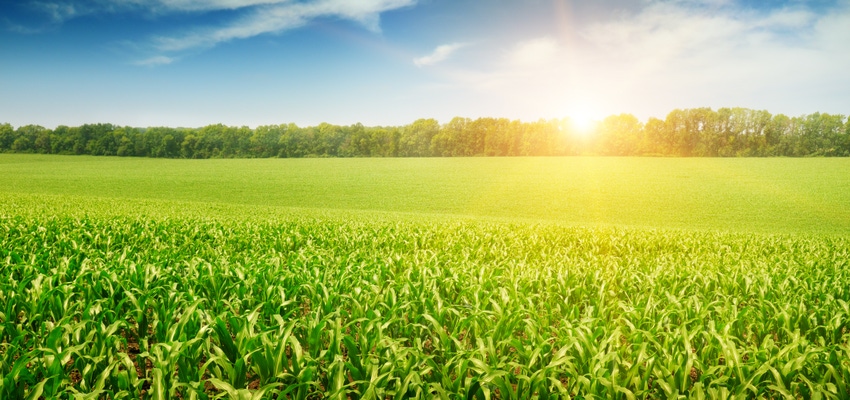August 8, 2016

U.S. farmland values this year dropped for only the second time since a 1980s farm crisis prompted a wave of foreclosures, drawing warnings of harder times ahead.
Farmland values in the lower 48 states, including land used for crops and for livestock, declined $10 to $3,010 an acre, the first drop since 2009, the U.S. Department of Agriculture said Friday in a report. Cropland declined 1% to $4,090 an acre, while pastureland was unchanged at $1,330 an acre.
Farm income has slumped since 2013, but land values had so far held out even as crop prices tumbled. Now, the trend in land prices is likely to be similar to the 1980s, when values fell for three years, said Brent Gloy, an agricultural economist at Purdue University in West Lafayette, Indiana, and a farmer in southwest Nebraska. While the current skid may not match the magnitude of that slump, the decline probably will continue, he said.
“It’s going to be soft for another year, at least,” he said in a telephone interview. “We haven’t worked through the magnitude of the drop in commodity prices.”
Corn Belt
Losses were highest in the Northern Plains. The biggest drop was in Kansas, down 7.4% to $1,880 an acre. The Corn Belt remained the most-expensive region, even as prices fell 0.9% to $6,290 an acre. Rhode Island is the costliest state to own farmland, at $13,800 an acre, while New Mexico is cheapest, at $520 an acre.
Declines have been mostly "measured," said Randy Dickhut, senior vice president for real estate at Farmers National Company in Omaha, Nebraska, which manages more than 5,000 farms and ranches in 26 states.
"Demand is lower, but supply is also lower," which is keeping prices from falling more dramatically, he said. Higher-yielding land is tending to hold prices better than lower-quality land put into production during the crop boom, he added.
Still, farmers and investors have largely come to grips that the days of steep price runups are over, he said. “Sellers have to be more realistic about what they’ll get for their land,” he said.
Corn and soybeans, the two most-valuable U.S. crops, have dropped from records in 2012. As of Friday, the grain fell 61% to $3.3425 a bushel from the all-time high of $8.49, while the oilseed declined 45%.
In February, the USDA said declining commodity prices will push farm income down 2.8% to $54.8 billion this year, less than half the 2013 record.
The next forecast on income is set for Aug. 30.
To contact the reporter on this story: Alan Bjerga in Washington at [email protected]
To contact the editors responsible for this story: Millie Munshi at [email protected]
Patrick McKiernan
© 2016 Bloomberg L.P
You May Also Like




